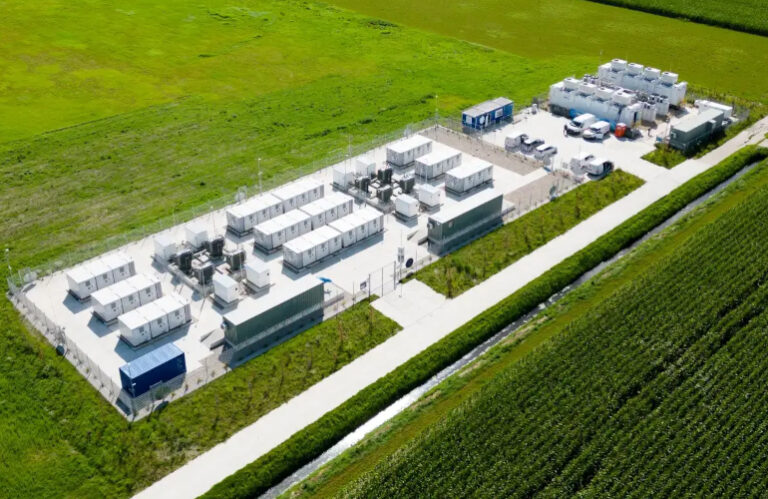TWOsupplier of battery analysis software, and NARDACenergy and infrastructure broker, have collaborated to enable better insurance coverage for battery energy storage system (BESS) owners, investors and lenders.
By combining proactive real-time analytics with existing, passive risk mitigation strategies, such as physical distancing, identifying best practices in the development and operation of BESS projects becomes easier for insurers, allowing them to provide better coverage terms.
The energy storage sector has struggled to secure insurance cover, with high-profile incidents of thermal runaway insurers reducing available capital. Recent research from TWAICE in collaboration with the Electric Power Research Institute (EPRI) and Pacific Northwest National Laboratory (PNNL) on the causes of energy storage failures shows that the risk of failures has decreased by 97% since 2018. But while the frequency of thermal runaway events has decreased, the severity remains high, exposing insurers to multi-million dollar claims. Until now, the focus has been solely on passive risk mitigation, largely increasing the distance between batteries.
However, by continuously monitoring and analyzing battery behavior, battery analysis software identifies future safety issues before they get out of hand. The software warns of risks well in advance, allowing time to proactively limit any incidents. By implementing battery analysis, project risks are reduced, enabling better underwriting conditions for insurers.
“By working with NARDAC, we can deliver tangible financial benefits to the entire energy storage market,” said Stephan Rohr, CEO of TWAICE. “Battery analytics like TWAICE reduces the risk of a safety incident thanks to our autonomous monitoring and analytics that detect problems before they turn into a harmful event. We are excited to work with NARDAC to extend these benefits to the broader storage market.”
“The pipeline for BESS projects worldwide is groundbreaking for the further deployment of renewable energy. But if insurers do not see a way forward to better manage risks such as thermal runaway, insurance capacity will be reduced – driving up premiums – financing will become harder to obtain and battery development costs will remain high,” said Tom Harries, Partner , NARDAC.
“It’s also important to remember that insurance is not just a binary relationship between costs and outsourced risks. In the operational phase of BESS projects, wise asset managers can use insurance as a competitive advantage. Those who manage assets with minimal oversight will face insurance premiums that account for a disproportionate share of operating costs. But if you supplement existing hardware and site layout strategies with advanced battery analytics, you lower your project’s risk of major, thermal flood events.
“Ultimately, therefore, as an industry we must leverage new technologies and partnerships, harness insights from artificial intelligence and use them to our advantage to increase insurers’ confidence in providing insurance services and improve underwriting terms for the buyer,” says Harries. concluded.
TWAICE and NARDAC have done so has released a white paper with supporting cases to substantiate the value of battery analyzes for insurance coverage. The report reveals how insurance policies can be optimized with a data-driven approach, demonstrating that insights into the health of battery energy storage systems provide opportunities for improved safety and more accurate operating costs in insurance policies.
News item from TWAICE


